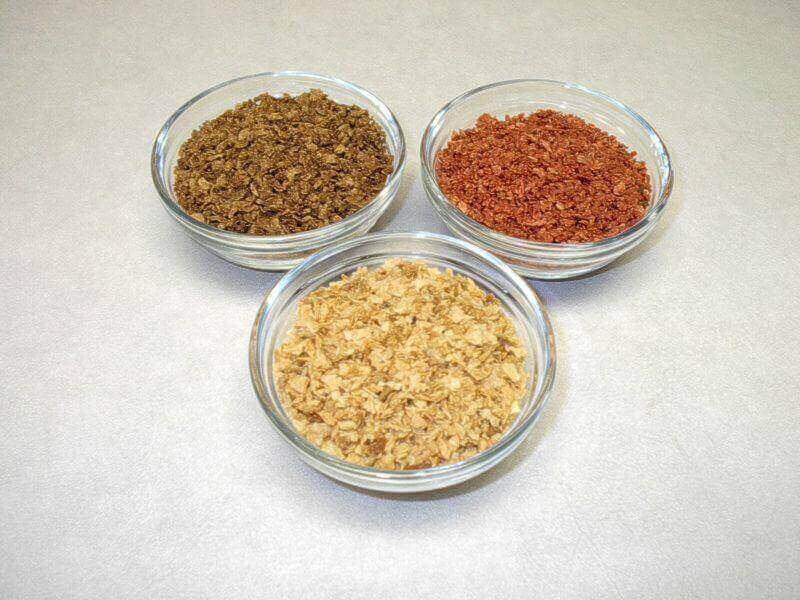Textured Soy Protein (TSP) Part 1

The current desire to eat healthier has increased the demand for textured soy protein (TSP) as a protein replacement due to its affordability and ability to blend well. There are many ways TSP can be used, but the two most common uses of TSP are: meat extender and meat replacement. A meat extender is typically used as an additive to other meat products, such as sausages, hamburgers, fish, etc. TSP as a meat replacement can be consumed to provide amino acids whenever meat may not be available or preferred. While meat replacement is a product comprised solely of TSP, meat extender is more commonly used than meat replacement. According to a short course at the Texas A&M University, the market seems to be larger for meat extender than meat replacement. Meat extender possesses around 70% of the market, leaving meat replacement with only about 30%.
Making good quality TSP is important, but measuring quality is very controversial, and experts have many diverse opinions regarding what this entails. Everybody tends to agree that absorption capacity is a key item for quality and a good industry average for absorption capacity is around 300-400%. Some countries prefer TSP made from soybean meal flour (flour obtained from a solvent extraction process) which has very little fat, normally around 1% or less. Some countries request soy containing 45% protein while others require at least 50%, but this differs based on the quality of the soy rather than the process. Other countries prefer TSP made out of flour from mechanical process (referring to extruder + press) where the fat is around 6-8%. The problem some encounter is that not all extruders have the capacity to make TSP from a flour of 6 to 8% fat.
In order for TSP to look more appetizing to the consumer, there are several colors that can be blended in to give it the appearance of the meat it is added to. The most commonly used color is caramel, but pink is also used very often since it’s easier to mix with sausages and hamburgers. Yet, in Asia, they prefer their TSP to be as light as possible to mix it in with fish.
At Insta-Pro International, we have been making TSP from flour of 6% – 8% fat for many years and can assist with this process worldwide (excluding the United States and Canada). Another thing that people consider in the quality of TSP is its shelf life because of the limited resources some places may have to replace it. TSP made with our machines and processes has been proven to last around 1.7 years which is the industry average shelf life/storage conditions.
The definition of quality, regarding TSP, variates a great deal, but currently the highest price in the market is for mechanically processed organic soybeans. Mechanical extraction consists of the ExPress® Process (extruder + press + extruder to make TSP, with no solvent used), plus the seed itself must be organic. This doesn’t mean doing TSP from soybean meal flour (solvent extracted) will be less profitable, but it can affect the “quality” in the view of some countries. If you are interested in learning more about TSP, look out for part 2 of this blog where we will be discussing items you need to produce it as well as current trends.
Read part 2 of the blog here.

